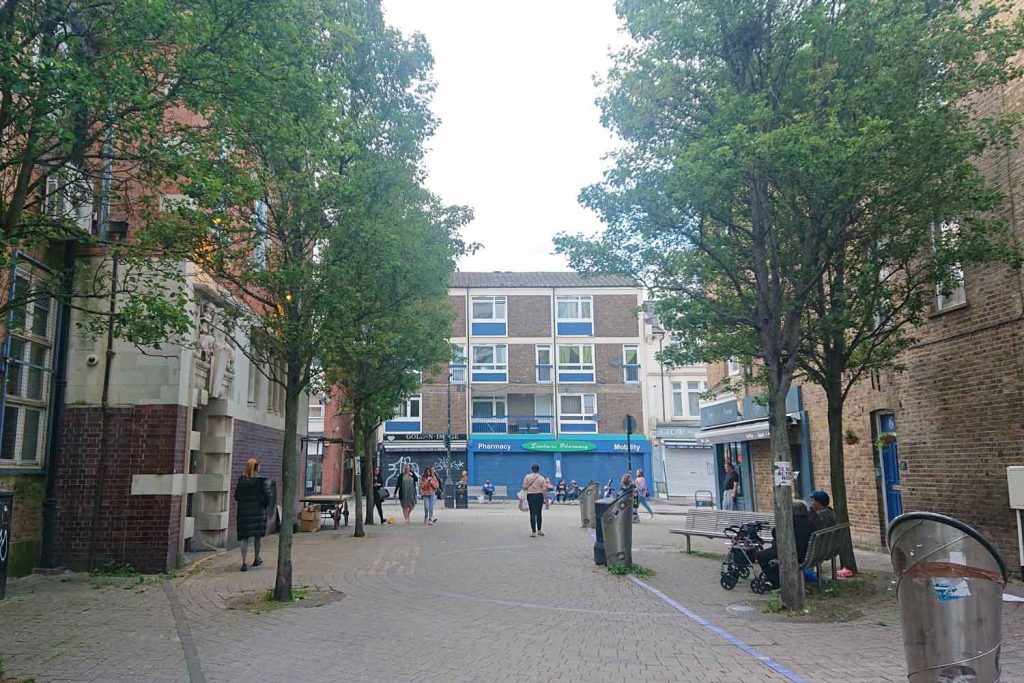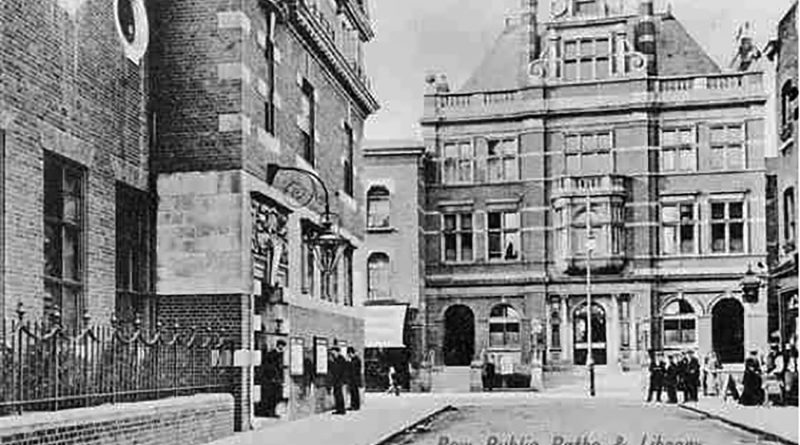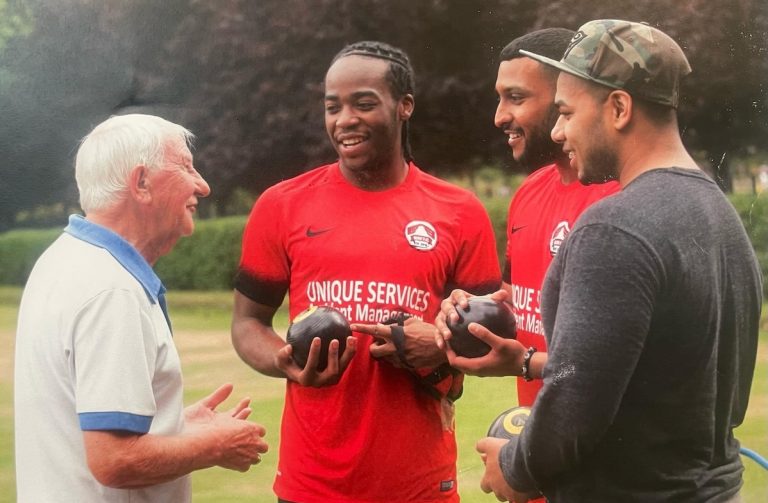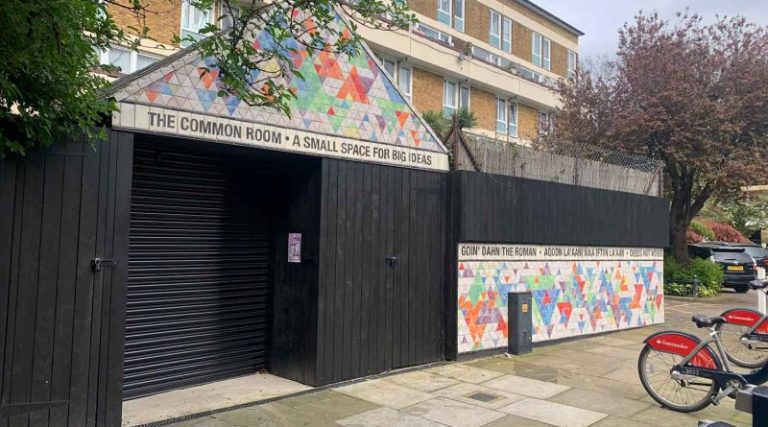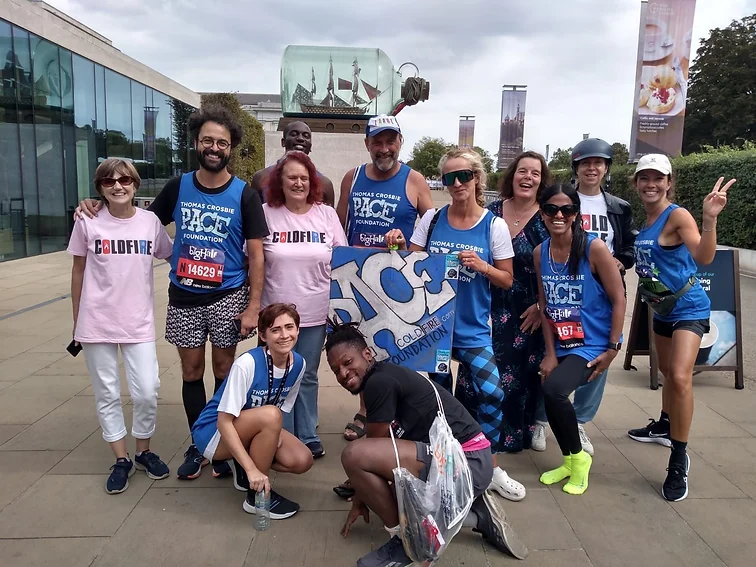The old Bow Baths and Washhouse from bathing to Suffragette meetings
From bathing to boxing, and political rallies to illegal parties, we delve into the history behind, and events that took place in, the Bow Baths.
As with many other buildings that were once establishments around East London, traces of the Bow Baths can be seen on postcards and pictures. Yet now, in the place of this once grand renaissance style building, stands Sinclairs Pharmacy and Gold-N-Image jewellers, topped with 60s block of flats.
Towards the end of the 19th century, advancements in science and technology resulted in greater awareness of the link between poor sanitation and ill health. This ushered in a new era of increased bathing and hand-washing and it was against this backdrop that Bow Baths were commissioned and built.
A building was constructed in 1892 on Roman Road by the Bow Vestry at a cost of over £42,000, around £5m today. The Baths provided a much-needed facility in one of the most densely populated areas of the borough; where residents relied on tin baths, the Victoria Park bathing lakes or the canal for a bath or a swim.
The Baths were popular: records show that hundreds of thousands of people used the Baths each year, and it was common to see long and winding queues outside the Baths’ doors on Saturdays. In the main hall there was swimming in the summer and public meetings in the winter.
While bathing may have been its primary purpose, the Baths also became a space for entertainment. There were often boxing competitions and, on one of these occasions in 1927, the Prince of Wales, who became King Edward VIII, visited the Baths.
Alongside boxing, weekly entertainment included comedy, dancing, concerts and ventriloquists. There were also children’s parties, with a yearly fete on New Year’s Day, where up to 3,000 poor children from Bow and Bromley were offered food and entertainment.
Grand fancy dress balls were also organised for special occasions such as New Year’s Eve or St. Patrick Eve/Day. The local suffragette group, the East London Federation of the Suffragette, also often organised their New Year’s party there.
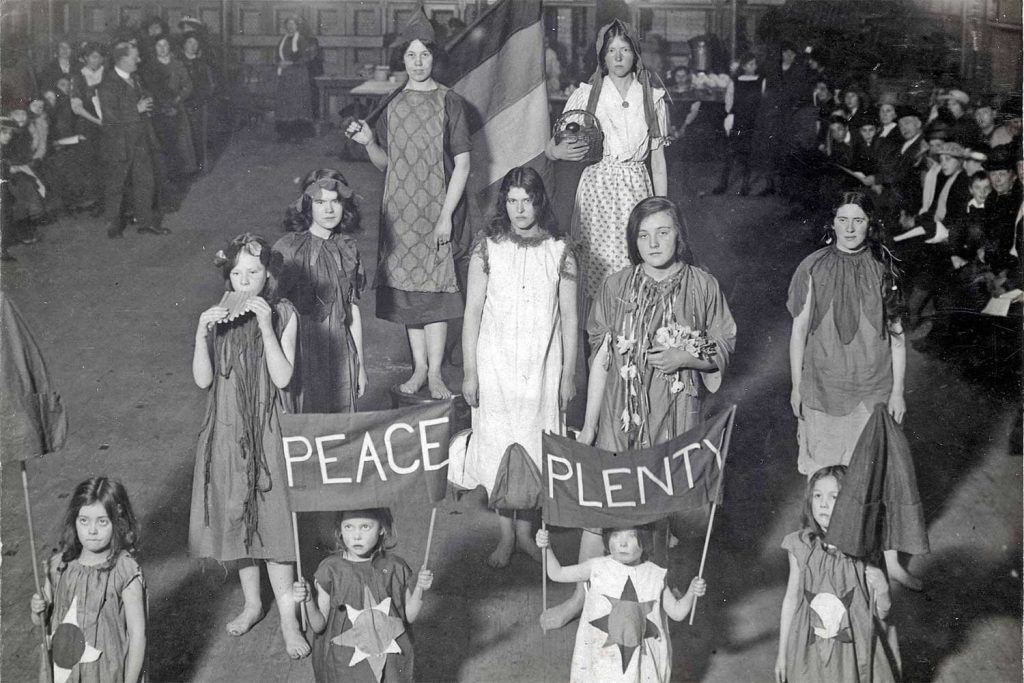
But such fun and festivities were not without their controversy.
There are doubts about the legality of the use of the Baths as an entertainment venue: newspapers reported that the Vestry did not have a licence and there were also questions asked about the appropriate nature of some events.
But it was not all fun, political meetings and rallies were often held with Sylvia Pankhurst and Labour party leader George Lansbury as regular speakers. Several other parties, like the Bow Conservative branch and the fascists also held meetings there: these were very often interrupted by protesters.
The wildest scenes were surely the ones seen during suffragettes meetings, which at the time were often in collision with the police. Pankhurst was already well known and the police were eager to prevent her from giving speeches and arrest her. Two episodes were particularly remarkable.
On October 13 1913, Pankhurst held a meeting at the Baths and arrived there in disguise as she knew the police were looking for her. Officers were trying to get in through the front door but attendees were holding them back. After only 10 minutes from the start, the police emerged from the curtains behind the stage with truncheons and tried to catch the speaker.
The audience shouted, ‘Jump, Sylvia, jump!’ and so she did. People dressed her with someone else’s coat and hat and led her out. In the meantime, police on the stage were smashing chairs and striking people while the audience in the gallery retaliated by throwing chairs down onto the officers.
Many women were knocked unconscious and others reported broken arms. Zelie Emerson, an American suffragette, was badly struck on her head by a police officer, so much so, she was lying at the point of death.
Pankhurst was arrested the night after at Poplar Town Hall and released nine days later. She was up and doing speeches at Bow Baths and Poplar Hall even before the end of her week’s licence.
A second incident took place on November 5 of the same year. This meeting was to inaugurate the People’s Army, formed to fight against police aggression. Pankhurst described it as ‘an organisation that men and women may join to fight for freedom and in order that they may learn to cope with the repressive methods of the government servants.’
Before getting to the Baths Hall, Pankhurst stopped at the Lansbury household. The police then surrounded the house, but the people of Bow, hearing of what was going on, came flocking out of the Baths where they were waiting.
In the confusion, the police arrested Daisy Lansbury, George Lansbury’s daughter and a fellow suffragette, as she left the house dressed as Pankhurst, while the latter went on to speak at the Baths where she was received ‘with most enthusiastic welcome’.
When the police realised their mistake, they sent hundreds of men to arrest her at the Baths. But even with such scrutiny, she managed to escape. Miss Emerson was again struck on her head and many others were brutally hurt, but Sylvia said that people reacted with spirit.
After these events, the Poplar Borough refused to let suffragettes meet at Bow Baths, the Bromley Public Hall or the Poplar Town Hall, although there were reports of subsequent – illicit – meetings at the Baths regardless.
The building was later demolished after it suffered bomb damage during The Blitz, but during its fifty years of use it certainly cleansed the bodies, minds and souls of the people of Bow.
If you’ve enjoyed this, take a look our article on the old Bow Station.
